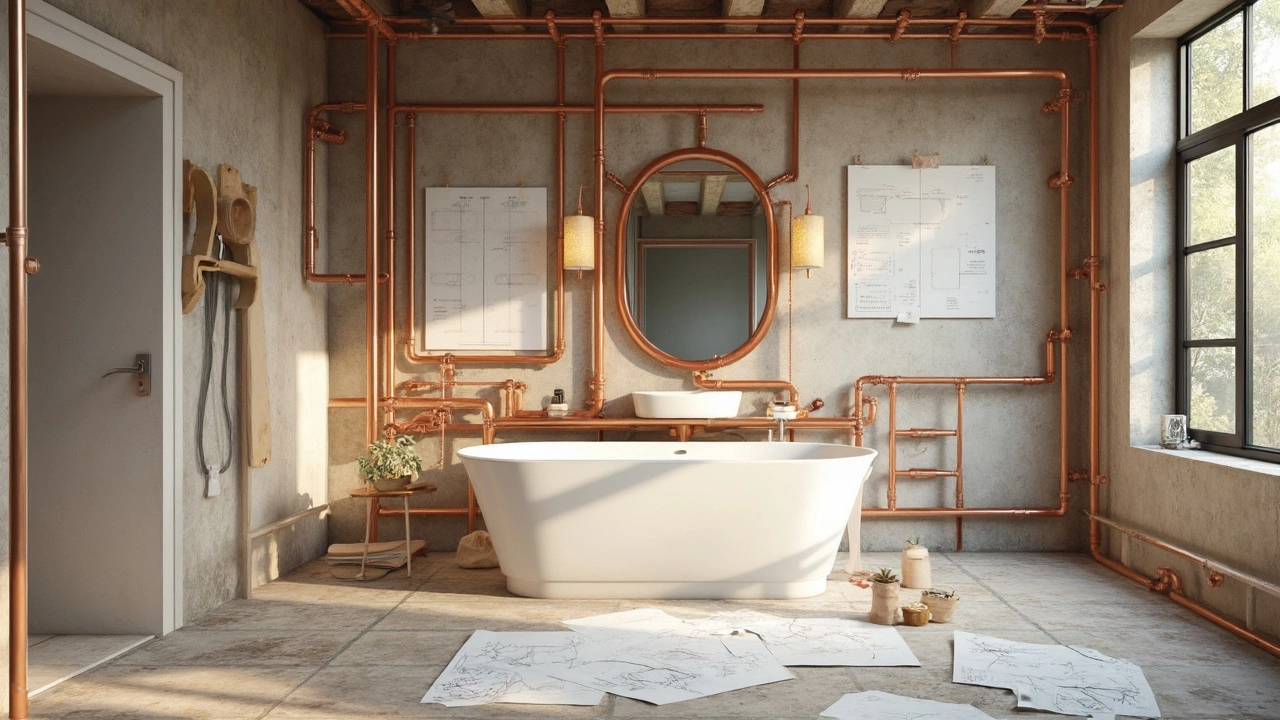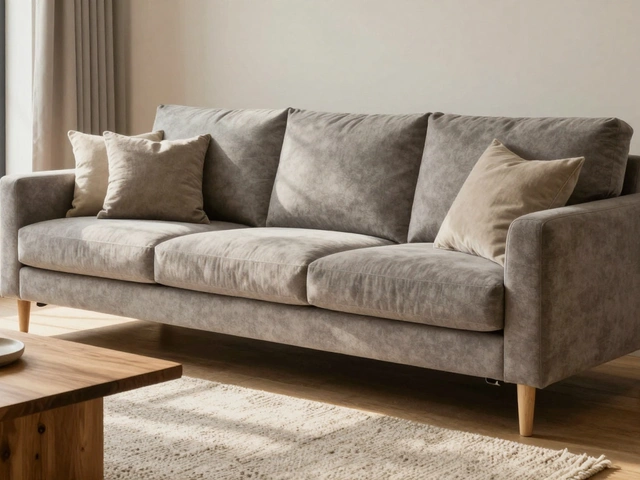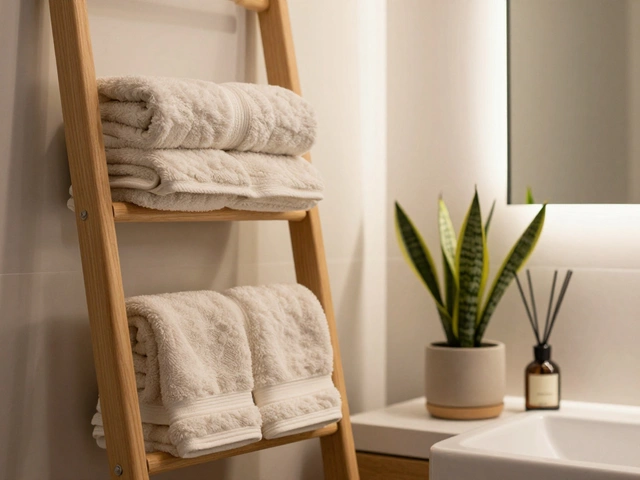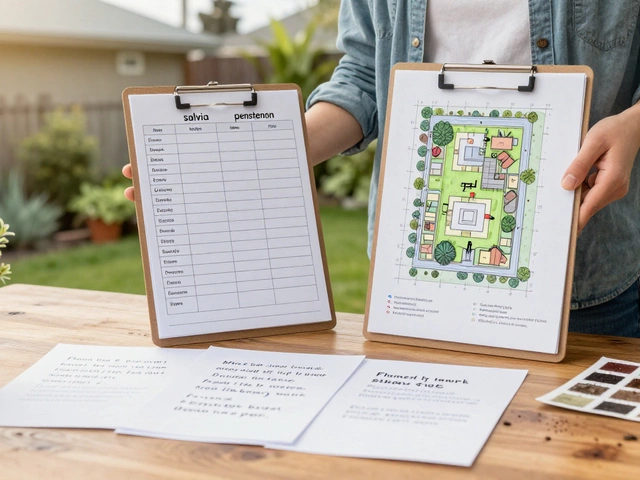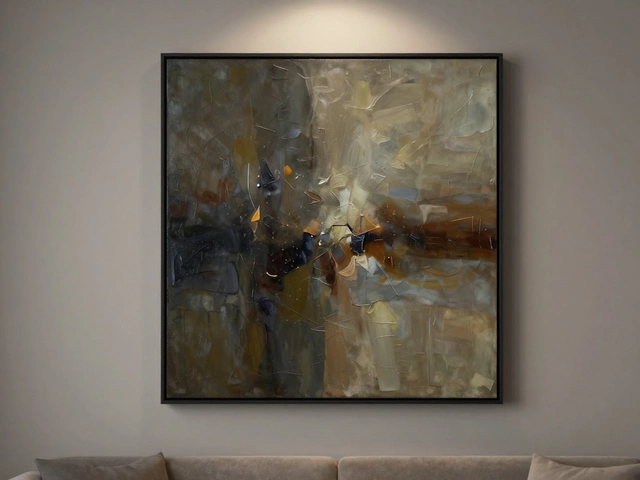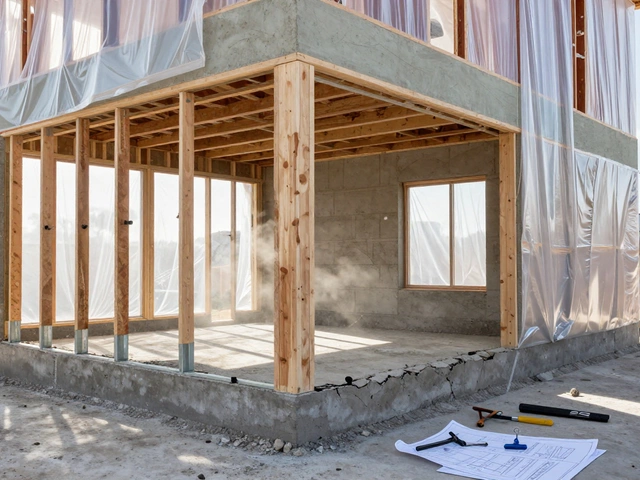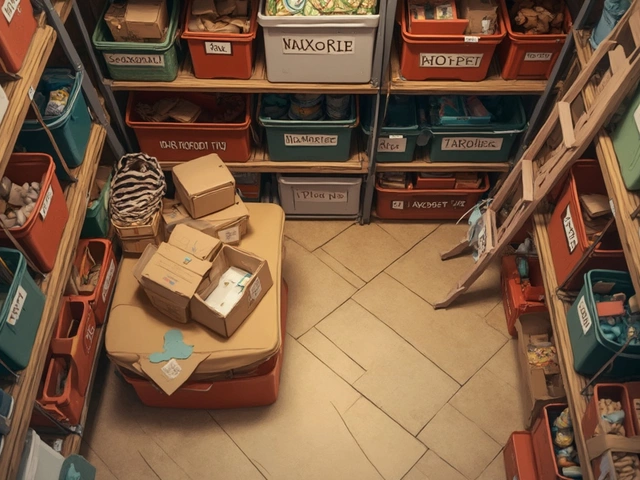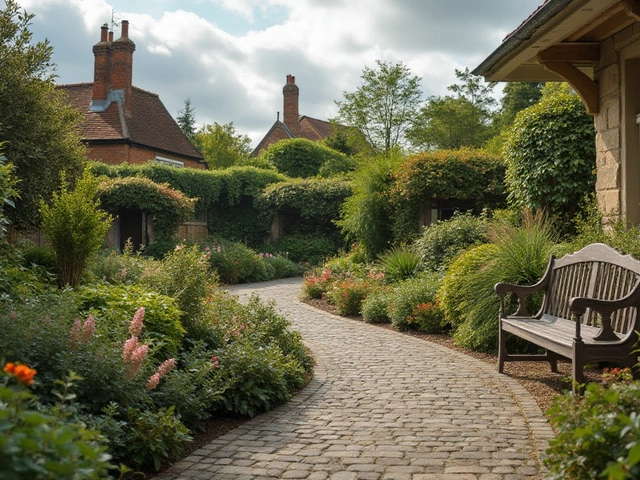Ever wonder why bathroom renovations make such a dent in your wallet? It's easy to get caught up thinking the priciest parts are the glitzy fixtures or that freestanding tub you've been eyeing. Surprise! The sneaky expense often lies in the plumbing. Yep, those pipes and drains beneath the surface are where a hefty chunk of your budget might disappear.
Plumbing isn't exactly the face of glamour, but when it comes to functionality, it's essential. Imagine your soothing shower turning into a cold drizzle because of subpar plumbing. No thanks! Investing in a top-notch plumbing setup may not be eye-catching, but it ensures hassle-free use for years to come.
No need to panic—knowing this can actually help you plan your renovation smarter. You'll learn to spot the lines between splurging on stylish sinks and making sure your plumbing is up to par. Stick around as we dive into why plumbing can demand such a high price tag and how you can manage your bathroom upgrades without breaking the bank.
- The Hidden Costs of Plumbing
- Luxury Fixtures vs. Necessary Expenses
- Tips for Budget-Friendly Renovations
- Future-Proofing Your Investment
The Hidden Costs of Plumbing
Believe it or not, when it comes to bathroom renos, plumbing can seriously put a dent in your budget. Let's get real: pipes, drains, and water lines might not be the stuff dreams are made of, but they can be costly. They're like the backstage crew ensuring your bathroom show runs smoothly.
The Pricey Components
So, where does your money actually go? First up, labor. Skilled plumbers don't come cheap, and for good reason. They're the ones who make sure everything’s connected and flowing correctly. Next are the materials. Copper pipes, for example, are a solid choice for durability but can be pricey. Then there’s the cost of updating any old plumbing systems to meet modern standards—important for safety and efficiency.
Why It Adds Up
It's not just about slapping some pipes together. Getting the layout and design right is critical and takes expertise. If your renovation involves moving plumbing to a new location, expect costs to rise significantly. Rerouting water lines is labor-intensive. Plus, if they find any issues like leaks during the upgrade, well, that’s extra work and cash.
Minimizing the Damage
- Plan Ahead: Avoid impulsive decisions. A solid plan lets you know where to splurge and save.
- Get Multiple Quotes: Don’t settle for the first bid. Compare a few to see where you can save.
- Choose Smartly: Going mid-range with materials might save costs without compromising too much on quality.
- Focus on Essentials: Invest where it matters most, like water heaters, which can boost both efficiency and comfort.
So when budgeting for your bathroom, remember: plumbing isn’t glamorous, but it’s worth the investment. It's often the backbone that keeps your luxury bathroom functioning just right. And knowing where the costs come from helps you make savvy choices that balance both style and efficiency.
Luxury Fixtures vs. Necessary Expenses
When redoing your bathroom, it's tempting to splurge on luxury fixtures that promise to turn your space into a mini spa. But here's a thought: Do you always need to roll out the big bucks for those dazzling elements?
Let's break it down. High-end fixtures like designer faucets, rainfall showers, or heated towel racks can eat up a sizable part of your budget. While these items add an appealing aesthetic and comfort, they don't always translate to the most significant value in terms of investment.
The Truth About High-End Choices
Fancy doesn't always equal better, at least not in the long haul. Sure, that Italian marble sink looks stunning, but ask yourself: Is it practical? Will it withstand everyday use? Basic yet durable elements often perform just as well and still look great.
With fixtures accounting for about 10-20% of the total renovation cost, it's wise to prioritize. Choose items that offer a balance of form and function. Look for quality over flashy branding to make sure you're getting your money's worth.
Focus On Necessary Expenses
Consider what's really crucial. Functional elements like a water-efficient toilet or a reliable ventilation system could save money over time. They're less glamorous but offer essential long-term benefits.
- Opt for bathroom accessories that provide efficiency improvements, such as low-flow showers.
- Choose durable materials for flooring and surfaces, as fixing wear and tear gets costly.
- Make sure plumbing and wiring are up to scratch before splurging on extras.
Choose Wisely
It's all about finding the right balance. Mixing practical purchases with a few indulgent touches can give you the best of both worlds: a functional, stylish bathroom and a bank account that isn't completely drained.
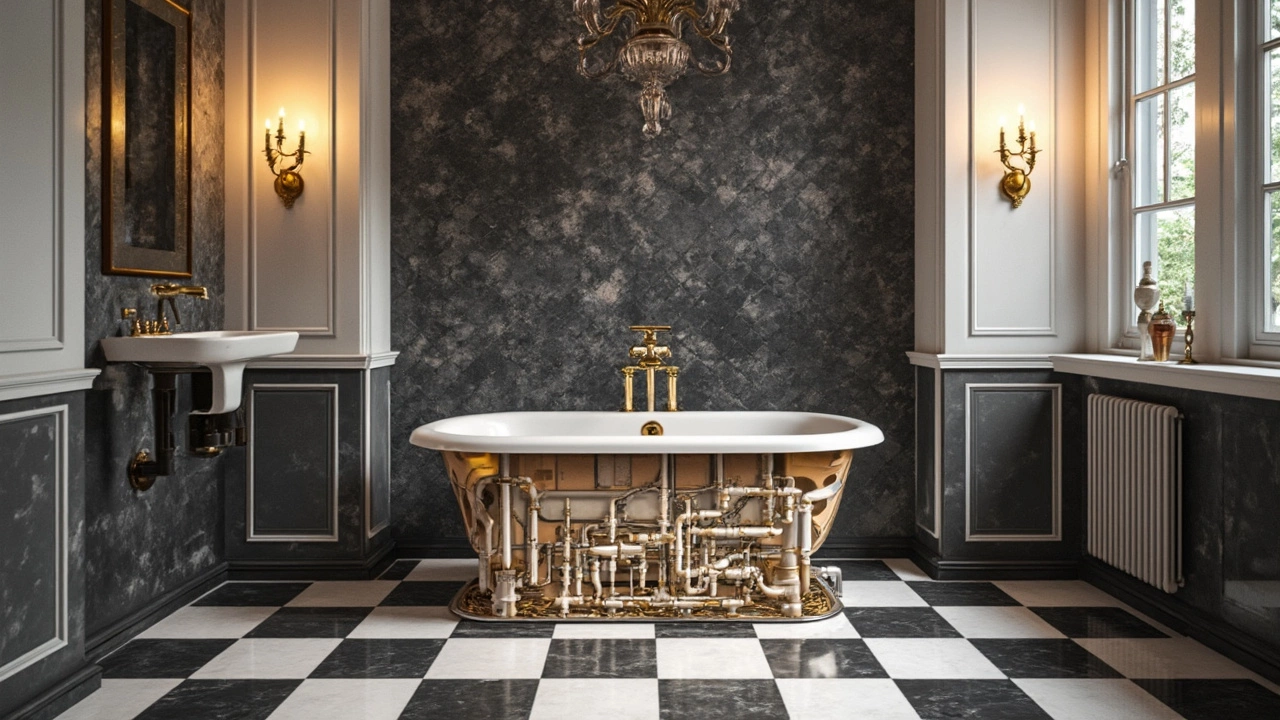
Tips for Budget-Friendly Renovations
Tackling a bathroom renovation can be daunting, especially when you're watching your wallet. But fret not, there are smart ways to keep costs in check while still giving your space a stylish upgrade. Let's dive into some handy tips to pull off a renovation without the stress.
Plan Your Budget Wisely
Before you even pick up a hammer, lay out your budget. Figure out where you want to spend and where you can save. It's often recommended to set aside around 10-15% of your home’s value for a complete bathroom remodel. Got your eyes on luxury fixtures? Consider balancing by opting for budget-friendly tiles or paint.
Keep the Plumbing Where It Is
One of the biggest money pits in any bathroom renovation is moving plumbing. If you can keep toilets, sinks, and showers where they are, you’ll save big bucks. Relocating plumbing can run into thousands of dollars. Sometimes refreshing the look is as simple as updating cabinets or fixtures around your current layout.
DIY Where You Can
Rolling up your sleeves for some DIY can shave off a significant portion of expenses. Painting, minor tiling, or assembling pre-made vanities are tasks that don't always need a pro and can be quite satisfying. Just make sure you know your limits, though—leave the technical stuff like plumbing and electrical work to the experts.
Select Durable yet Affordable Options
Don’t get blindsided by high-end materials. Consider vinyl flooring or porcelain tiles, which can mimic the look of more expensive options like hardwood or stone without the hefty price. Furthermore, many affordable bathroom accessories do a fine job mimicking luxury styles without the splurge.
- Quick tip: Buying fixtures directly from manufacturers can also cut costs significantly.
Keep an Eye Out for Sales
Who doesn't love a good sale? Keep your radar on for discounts at home improvement stores, online sales, or clearance sections. You can snag quality materials and bathroom accessories at a fraction of the price if you're patient and persistent.
Data on cost savings shows that by handling a couple of these tips, homeowners can save an average of 20% on their bathroom renovations. So keep these budget-friendly hacks in mind, and you'll be enjoying a new bathroom without plunging into debt.
Future-Proofing Your Investment
So, you're all set on making your bathroom renovation last for ages. Smart move! Future-proofing your investment means anticipating changes and ensuring your shiny new upgrade doesn’t feel old in a couple of years. Let’s break it down.
High-Quality Materials: A Must
First up, invest in high-quality materials. Sure, cutting corners might save you a buck now, but opting for cheap alternatives often leads to more repairs. Go for durable materials like ceramic tiles, stainless steel fixtures, and reinforced glass. They might feel like a splurge but trust me, they're worth it in the long run.
Energy Efficiency: Save Cash and the Planet
Another big one is focusing on energy efficiency. Look for water-saving fixtures, like dual-flush toilets or low-flow showerheads. Not only are they good for the environment, but they'll also shrink your utility bills. That’s a win-win in my book!
- Install LED lighting for reduced energy consumption.
- Consider energy-efficient water heaters or solar heating if possible.
- Ensure windows and vents are properly sealed to maintain temperature.
Adapting for Accessibility
It might sound out-there now, but planning for accessibility is key, especially if you plan to stay in your home as you age. Think grab bars in the shower or a walk-in bathtub. These adjustments can add value and make your space more usable for everyone.
Tech Upgrades: Are They Worth It?
Ah, tech. It’s everywhere. Smart toilets, heated floors, even mirrors with built-in TVs. Sounds dreamy, right? But be strategic. Some gizmos might be fleeting trends, while others can truly enhance functionality. Weigh the benefits versus the costs and think about whether they’ll stand the test of time.
Real-Life Savings: A Quick Glance
| Upgrade | Estimated Initial Cost | Annual Savings |
|---|---|---|
| LED Lighting | $150 | $75 |
| Low-Flow Fixtures | $200 | $100 |
Future-proofing isn't just about gadgets and gizmos. It's about making choices that extend the life of your bathroom and improve everyday life. Remember, spending smart now can mean saving big later!
